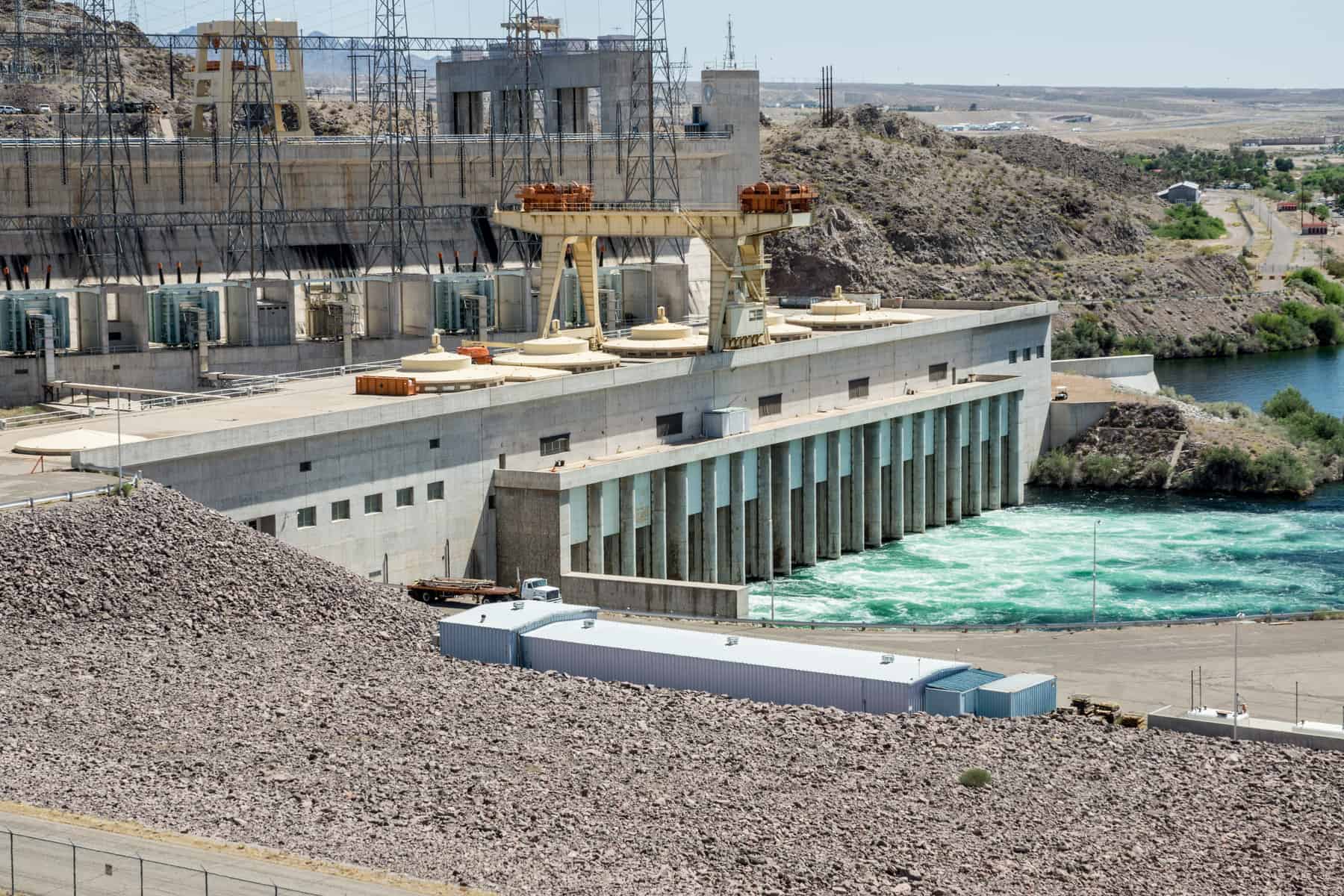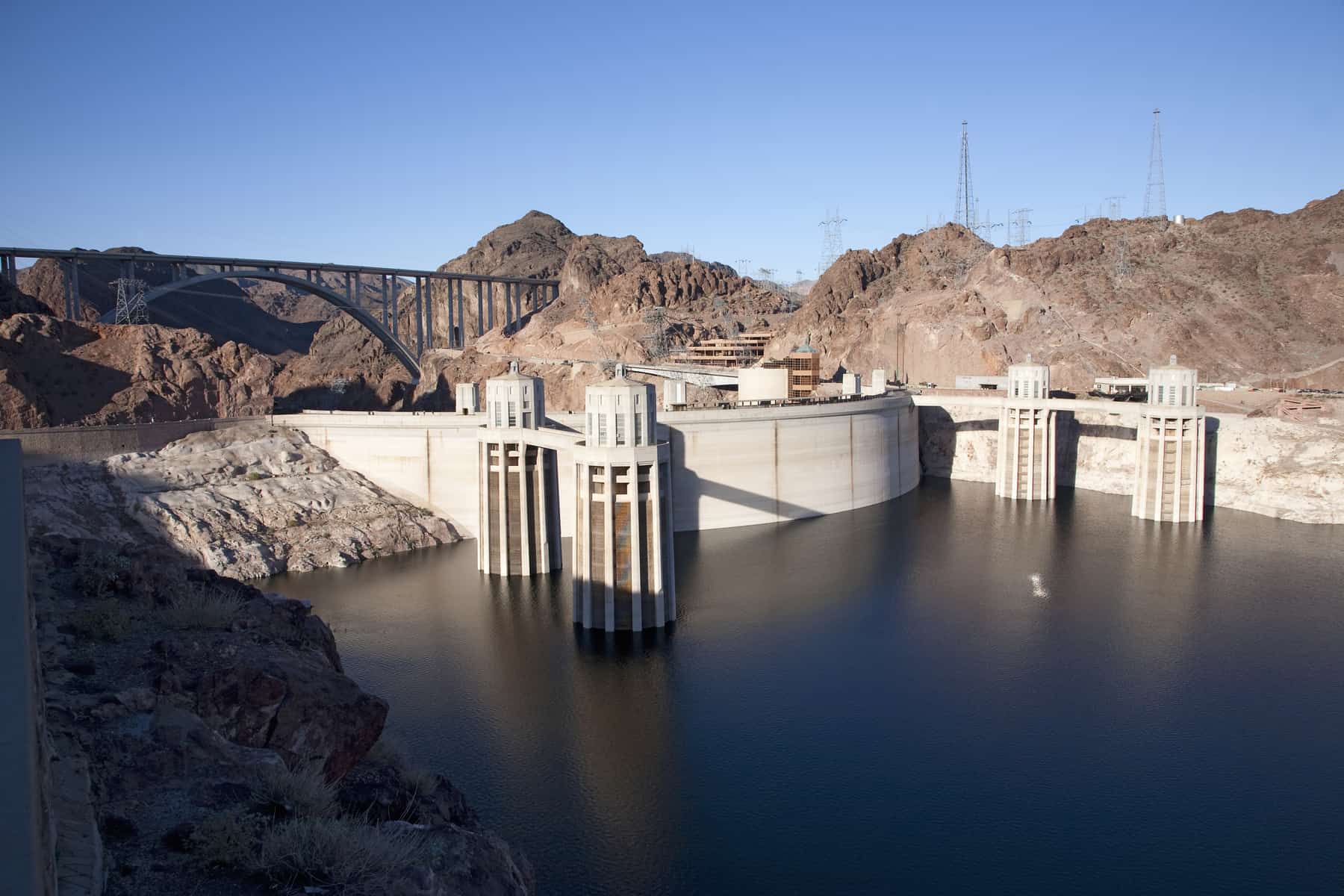
Feedback that amplifies or increases change is known as positive feedback. It leads to exponential deviation away from equilibrium. Unfortunately, the interactions between the energy sector, the hydrologic cycle, and climate change form a positive feedback loop. Energy consumption causes climate change, which affects the hydrologic cycle, triggering investments in energy-intensive water solutions, exacerbating climate change, and so forth. As another example, the higher temperatures of a warming planet reduce the global photosynthetic efficiency and require more energy-intensive irrigation, fertilizing, and harvesting to overcome impacts on efficiency.
Climate change might reduce the amount of energy produced by emissions-free hydropower. California, Oregon, and Washington contribute more than half of the hydroelectric energy generated in the United States. This region is also particularly sensitive to climate change because changes to snowmelt and precipitation patterns impact water availability. For a large basin such as that of the Colorado River, small changes in precipitation cause major droughts, which can dramatically reduce power output from a series of hydroelectric dams. Every 1% decrease in precipitation causes a 2% to 3% drop in streamflow, and every 1% decrease in streamflow in the Colorado River Basin yields a 3% drop in power generation.1U.S. National Oceanic and Atmospheric Administration, Global Climate Change Impacts in the United States (New York: Cambridge University Press, 2009).

At the same time, many millions of people depend on the basin’s water for irrigation, drinking, commercial activity, industrial processes, and power production. Higher temperatures increase rates of evaporation, reducing water stored in reservoirs. The reduced hydropower in California during the multiyear drought from 2011 to 2015 increased consumers’ electric costs. As hydropower dropped from 18% to 12% of the fuel mix, utilities spent extra money purchasing natural gas to make up the difference.2Felicity Barringer, “Troubling Interdependency of Water and Power,” New York Times, April 22, 2015. Alternatively, higher snowmelt from rising temperatures could initially increase hydroelectric generation.3B. Boehlert, et al., “Climate change impacts and greenhouse gas mitigation effects on U.S. hydropower generation,” Environmental Research Letters 7 (2015), 1326-1338, accessed August 30, 2016, doi: 10.1002/2014MS000400.
Hydroelectric generation in California dropped more than 65% during the multi-year drought from 2011 to 2015.
Image Credits: James Mattil/Shutterstock.com; spiritofamerica/stock.adobe.com.
Update your browser to view this website correctly.Update my browser now